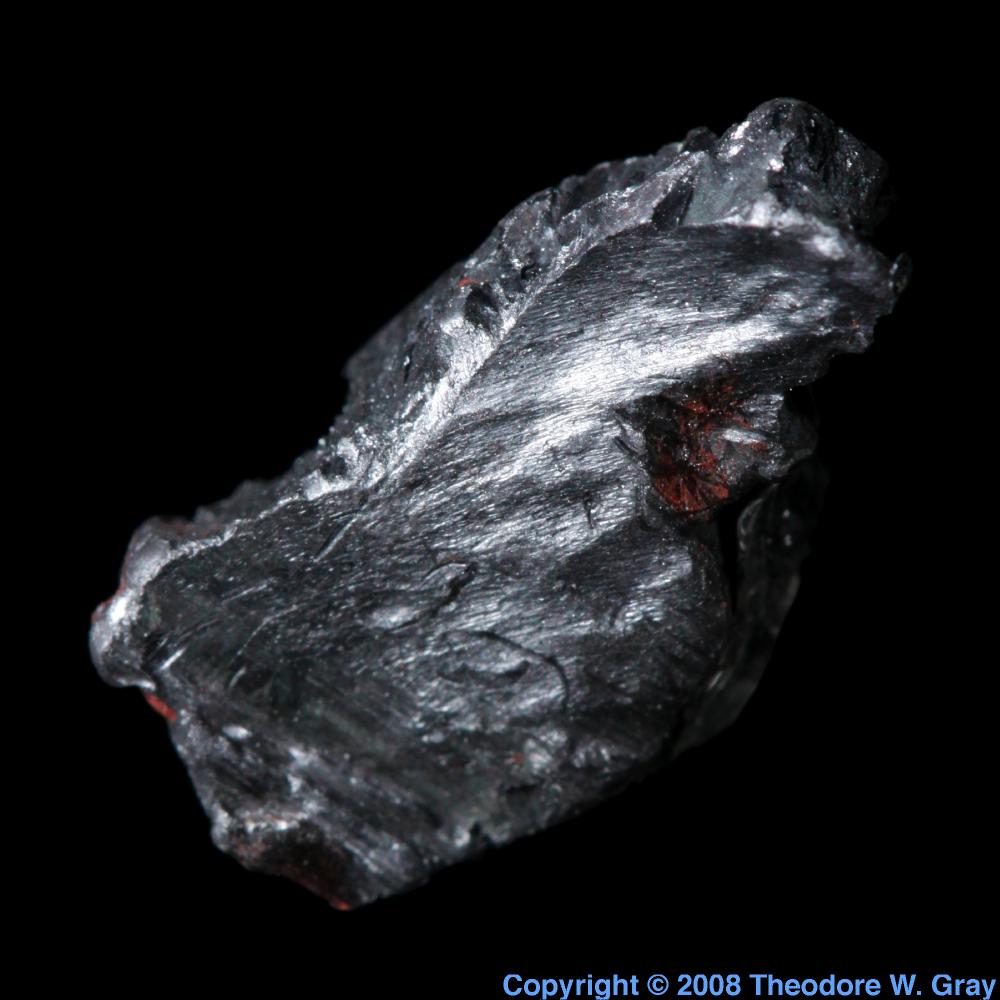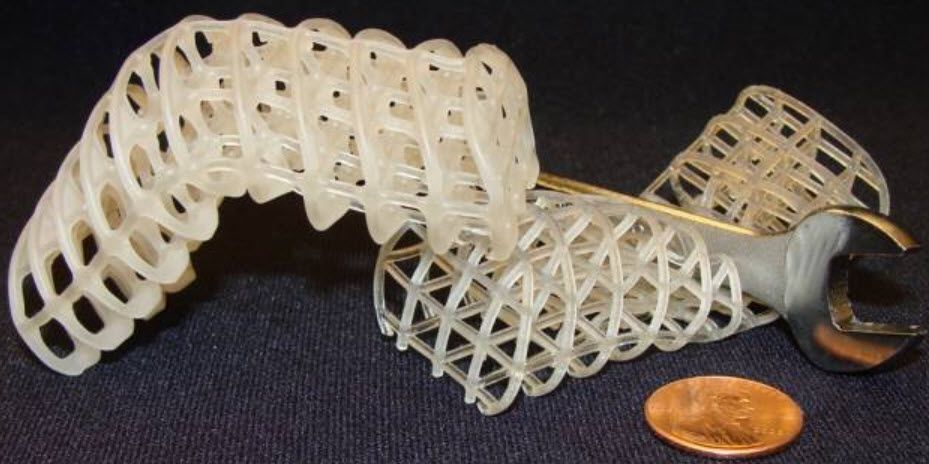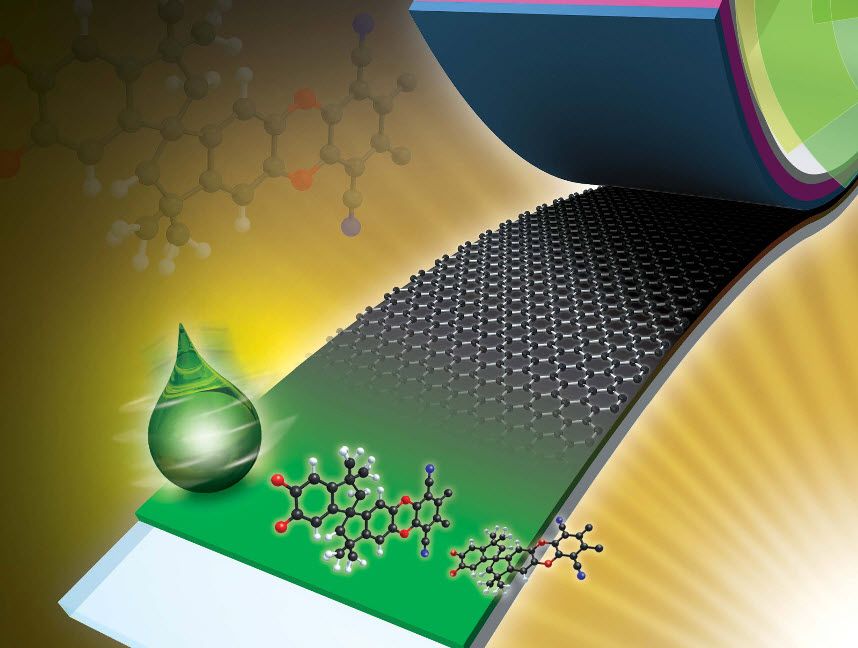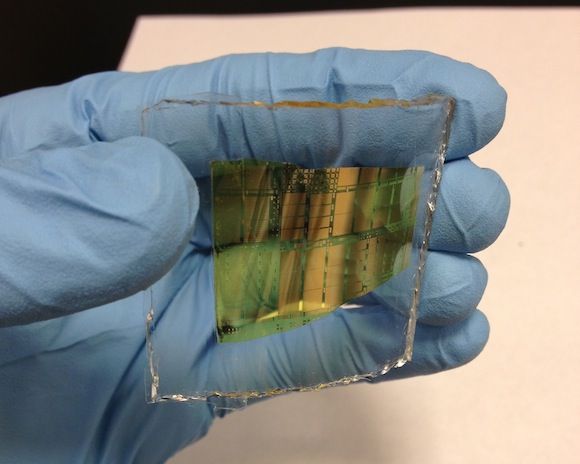Emerging Technology From the arXiv — MIT Technology Review
Materials scientists have discovered how to make black phosphorus nanosheets in large amounts, heralding a new era of nanoelectronic devices.
In the last few years, two-dimensional crystals have emerged as some of the most exciting new materials to play with. Consequently, materials scientists have been falling over themselves to discover the extraordinary properties of graphene, boron nitride, molybdenum disulphide, and so on.
A late-comer to this group is black phosphorus, in which phosphorus atoms join together to form a two-dimensional puckered sheet. Last year, researchers built a field-effect transistor out of black phosphorus and showed that it performed remarkably well. This research suggested that black phosphorous could have a bright future in nanoelectronic devices.
But there is a problem. Black phosphorus is difficult to make in large quantities. Today, Damien Hanlon at Trinity College Dublin in Ireland, and a number of pals, say they have solved this problem.




